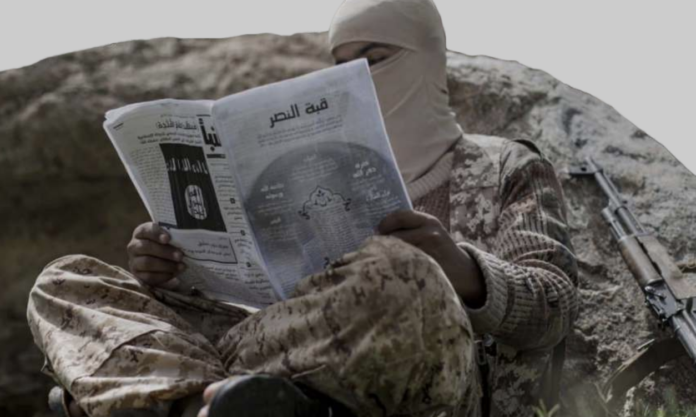It is a mistake to assume that the contagion of stories depends upon the validity of truth.
Ideas spread – go viral – in story form. Ideas themselves, even facts, have no inherent persuasive power, not until they are storied. Stories propel events that have led to war, to election wins and losses, immunization rates, and insurgencies.
That is because stories influence behavior, both individual and collective. If we underestimate the role of stories to influence behavior, we would be overlooking a central mechanism of social change, whether the change is for better or for worse. Predictive analysis requires narrative and story analysis. By studying the stories people live by, we can predict, prepare for, and potentially decrease the damage of a crisis. If we can predict how a story will spread and affect behavior, we can intervene.
A contagious story, whether true or false, has the potential to change how masses of people worldwide interpret events and make decisions.
Narratives are precipitating factors. We can predict contagion rates by examining how well (or not) a story on the ground matches up with the cultural narrative. If the story and the narrative cohere, the story will resonate and be accepted as “just the way things are.” If the story and the narrative do not cohere, then the audience is vulnerable to a replacement story that solves the disjunct. If an adversarial story fills the vacuum by providing the replacement story, the effect will be psychologically and then socially destabilizing.
When people experience a dissonance between the cultural narrative they inherited, and the stories that connect them to it, they are psychologically vulnerable to weaponized stories. If the weaponized story is contagious, the very fabric of cultural foundation (the narrative) is at risk.
So, what makes stories contagious? Two things essentially: they provide meaning to events, and they attach to identity.
One way that stories provide meaning, a method often overlooked by narrative analysts, is through structure. Story structure can predict contagion rate. Even when events do not occur as a logical sequentially ordered chain of events, stories that present them that way imbue the events with a certain type of meaning. And they do so for a reason. The reason is to imply causality even if there is none. Just because something happened after something else does not mean that the first event caused the second event, but that is the implication. The implied meaning of the representation of events sequentially ordered is to assign causality.
The Latin phrase for this logical fallacy is post hoc ergo propter hoc (after this therefore because of this). If you are with me this far, consider the implications of using this structure to provide meaning, and trigger identity, with this example:
On Friday May 10, 2019, two things happened in this order: The Indian army sent soldiers into Amshipora, Kashmir, to apprehend a single Kashmiri militant. That militant and one Indian soldier were killed in the encounter. That is what happened. Those are the facts. But later the same day, ISIS’s Amaq News Agency announced the establishment of a new province, “Wilayah of Hind,” and added that the province had come under attack.
The ISIS announcement implied that the Indian army attack was a result of the establishment of the province. But there is no such province. That is fiction. And it is a fiction that did not appear until after the encounter in Kashmir. The ISIS communication strategy was to seize the opportunity of an attack that they could not have foreseen, insert a fictional event in front of it, and thereby use the fact of a physical attack to their advantage by attributing the attack to the establishment of a fictional story that implies territorial gain.
ISIS lost one loosely affiliated Kashmiri militant, but they gained psychological advantage by using an unforeseen event to insert a weaponized story that explains how the events on the ground cohere with the cultural narrative of the target audience.
To fully understand how this works, it imperative to notice that ISIS did not engage in counter-narrative. Their announcement was consistent with a comprehensive offensive psychological strategy. The strategy is not to address this regional conflict in the terms of the conflict itself, and then take a side and defend it; rather, the strategy is to redefine the conflict as a small part of something larger.
The mythological province is designed for the ears of ISIS financiers and for an audience that is recruitable primarily through appeal to defense of territory and, more foundationally, the defense of the identity that is associated with the physical territory. By reframing the regional conflict as a small instance of a global Salafi-jihadism, ISIS put a global brand on a regional conflict by swallowing up the conflict and re-defining it. The story is contagious and fits into a comprehensive and effective Narrative Warfare strategy that is impervious to facts.






